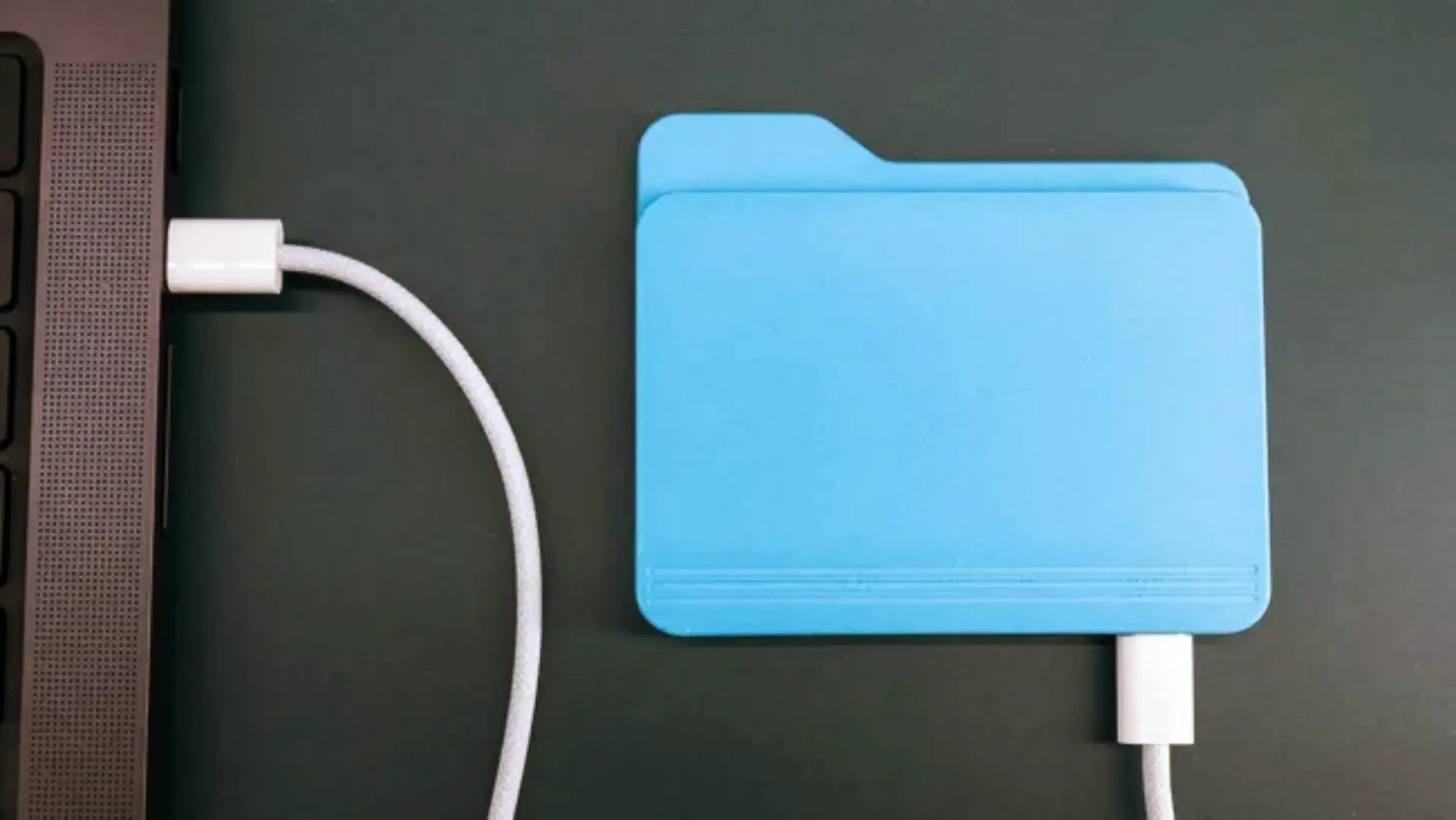Ah, *Dune Awakening*! Just when you thought you could escape from the endless grind of “find the spice, fight the sandworms, repeat,” here comes another chance to dive into the vast, sprawling landscape that is as immersive as a sandstorm in your eyes. This title promises to elevate the lore to a whole new level, and by “elevate,” I mean serving it to us like a gourmet dish with just a sprinkle of seasoning. Because, let’s face it, who needs a rich narrative when you can have a beautiful desert to stare at while you click buttons?
In the grand tradition of Funcom, where Conan Exiles taught us that lore is merely a side dish to the main course of survival, *Dune Awakening* boldly asserts that the story will have a “high seat at the table.” This is great news for those of us who enjoy complex narratives mixed with our pixelated battles. Just remember, that high seat doesn’t mean it’s the main course; it’s more like the fancy napkin folded into a swan shape that no one really cares about.
As we gear up for this epic adventure, let’s ponder the critical question: "How long until you hit the endgame?" For those experienced in the ways of online gaming, this is a question that requires a strong cup of spice-infused coffee and a hearty laugh. Because let’s be real: “endgame” is just a euphemism for the moment you realize you’ve spent countless hours collecting virtual sand and have learned more about the spice economy than your own.
Picture this: you’re in the middle of an epic quest, and suddenly, the allure of the endgame starts to sparkle like a mirage in the desert. Will it be worth the grind? Or will we all just end up like Paul Atreides, wondering if all this spice was really worth the trouble? Remember, the lore is the garnish on the plate, and no one ever leaves a restaurant raving about the parsley.
So, here’s to *Dune Awakening*! May it provide us endless hours of wandering through vast dunes, fighting off sandworms, and contemplating the meaning of life while keeping an eye on our spice levels. And let’s not forget the thrill of finding out that the real endgame is the friends we made along the way—who also happen to have spent just as many hours as we have staring blankly at their screens, wondering what on earth we’re doing with our lives.
After all, as we embark on this journey, one thing is for sure: whether we reach the endgame or not, we’ll all be united in our shared confusion and love for a game that promises to give us everything and nothing at all. So grab your stillsuit and get ready for the ride; it’s going to be a long, sandy road!
#DuneAwakening #GamingSatire #EndgameConfusion #Funcom #LoreAndSandAh, *Dune Awakening*! Just when you thought you could escape from the endless grind of “find the spice, fight the sandworms, repeat,” here comes another chance to dive into the vast, sprawling landscape that is as immersive as a sandstorm in your eyes. This title promises to elevate the lore to a whole new level, and by “elevate,” I mean serving it to us like a gourmet dish with just a sprinkle of seasoning. Because, let’s face it, who needs a rich narrative when you can have a beautiful desert to stare at while you click buttons?
In the grand tradition of Funcom, where Conan Exiles taught us that lore is merely a side dish to the main course of survival, *Dune Awakening* boldly asserts that the story will have a “high seat at the table.” This is great news for those of us who enjoy complex narratives mixed with our pixelated battles. Just remember, that high seat doesn’t mean it’s the main course; it’s more like the fancy napkin folded into a swan shape that no one really cares about.
As we gear up for this epic adventure, let’s ponder the critical question: "How long until you hit the endgame?" For those experienced in the ways of online gaming, this is a question that requires a strong cup of spice-infused coffee and a hearty laugh. Because let’s be real: “endgame” is just a euphemism for the moment you realize you’ve spent countless hours collecting virtual sand and have learned more about the spice economy than your own.
Picture this: you’re in the middle of an epic quest, and suddenly, the allure of the endgame starts to sparkle like a mirage in the desert. Will it be worth the grind? Or will we all just end up like Paul Atreides, wondering if all this spice was really worth the trouble? Remember, the lore is the garnish on the plate, and no one ever leaves a restaurant raving about the parsley.
So, here’s to *Dune Awakening*! May it provide us endless hours of wandering through vast dunes, fighting off sandworms, and contemplating the meaning of life while keeping an eye on our spice levels. And let’s not forget the thrill of finding out that the real endgame is the friends we made along the way—who also happen to have spent just as many hours as we have staring blankly at their screens, wondering what on earth we’re doing with our lives.
After all, as we embark on this journey, one thing is for sure: whether we reach the endgame or not, we’ll all be united in our shared confusion and love for a game that promises to give us everything and nothing at all. So grab your stillsuit and get ready for the ride; it’s going to be a long, sandy road!
#DuneAwakening #GamingSatire #EndgameConfusion #Funcom #LoreAndSand












